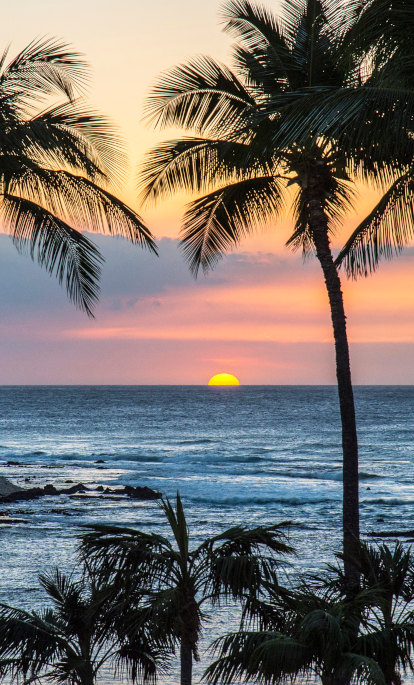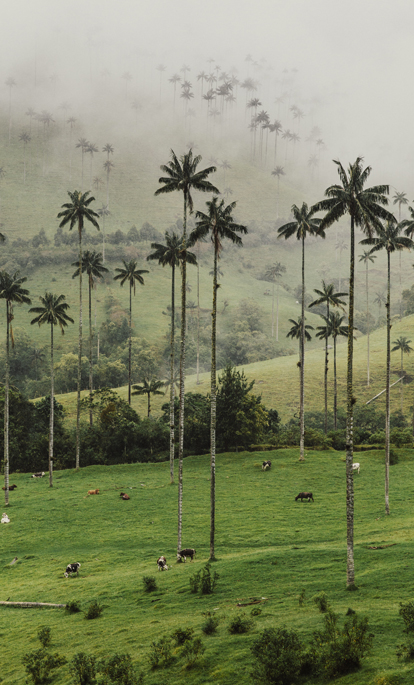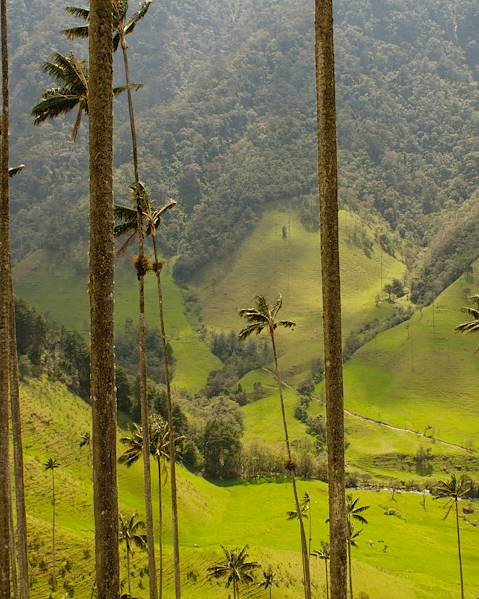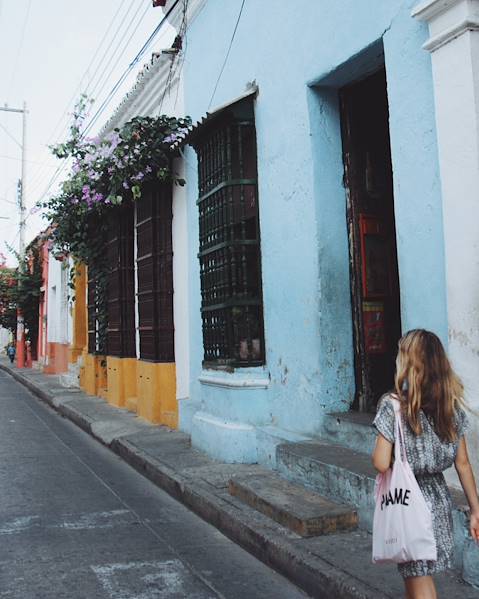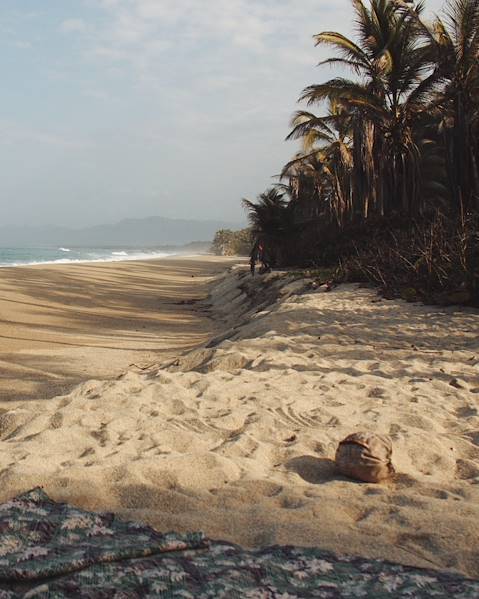Colombia (sometimes fondly known as ' locombia ', referring to the Spanish word 'loco', which means 'mad') is divided into two seasons: the dry season, from December to February and from July to August, and the rainy season, from April to May and from October to November. The months in between make up the country's shoulder season. The climate generally depends on the region and altitude so read on to find out about the best time to visit Colombia. The Amazon and Caribbean regions enjoy a tropical climate, the Pacific region is fairly wet and the Andean region is sometimes very wintry during its coldest months. Colombia really is a country of diversity.
January : Pleasant weather across most of the country
January is in the middle of the dry season and the perfect time to explore Colombia's stunning coastline and nature. However, be careful when choosing which coast to visit... While the Caribbean coast tends to experience very pleasant weather, the Pacific coast is affected by heavy downpours. There are still plenty of outdoor activities even if it might not be the best beach weather. In the Caribbean region, UNESCO-listed Cartagena, and its amazing Hispanic architecture, is an absolute must during your trip.
For hikers visiting the valleys of the West Andes, most of the region tends to enjoy sunny days and pleasant temperatures, perfect for hiking. Although Bogota and the Altiplano Cundiboyacense in the Eastern Ranges of the Colombian Andes mainly enjoy beautiful sunny weather, bear in mind that showers are common. So, make sure you pack for wet weather just in case.
February : The start of the rainy season
In February, rainfall begins to gain ground in Colombia. Although it's still sunny most of the time in Bogota and the surrounding area, it often rains and temperatures are cooler.
The West Andes experiences a lot of rainfall, especially at the western end, in Medellin and other towns in Colombia's famous Coffee Triangle, known locally as the 'Eje Cafetero'. When the sun does come out, the iconic cities of Manizales, Pereira and Armenia are a must in this famous coffee-making region.
Tip : Head to the Caribbean coast for glorious weather While on the Caribbean coast, soak up its white sandy beaches and crystal clear waters... and avoid the Pacific coast, where dark looming clouds bring heavy downpours and unbearably hot temperatures.
March : Wet weather is gaining ground
Although the rainy season doesn't officially begin until April, many regions are already seriously affected by floods in March. Let's start with Bogota and the Altiplano region of the Colombian Andes. There are still about two weeks of sunshine during March, perfect for visiting Boyaca and the surrounding area, located north of the capital. This region is a hiker's paradise and offers breathtaking views of green valleys, lagoons, waterfalls, deserts and glaciers.
On your way to the West Andes, it will become increasingly humid with many showers and torrential rainfall. And it doesn't look any better on the Pacific coast. Only the Caribbean coast still enjoys beautiful weather during March.
April : A heatwave hits the country
Apart from the high-altitude areas, which remain mild, the rest of the country experiences warm and humid weather that is quite uncomfortable. There's also a lot of rainfall, particularly in the Altiplano Cundiboyacense, the high plateau of the Eastern Ranges of the Colombian Andes. With this in mind, remember to pack warm layers, as it's also rather chilly in this region in April . This drop in temperature, combined with wet weather, also occurs in the West Andes.
The beautiful weather in the Caribbean region comes to an end and sunshine is replaced by tropical rain. The same goes for the Amazon region. However, the city of Santa Marta usually stays dry. It's the highest mountainous region in Colombia of more than 16,400ft, with snow-covered peaks all year round. Always have the help of a mountain guide when visiting.
Heavy downpours and tropical heat also hit the Pacific coast.
May : Things are looking up
Colombia's coastal cities continue to experience heavy rainfall, particularly in the Caribbean region where the heat is in full swing, sometimes causing thunderstorms. The Pacific coast is a safer bet during May, when the rain and high temperatures are slowly dying down. With this in mind, head to Gorgona Island, t


